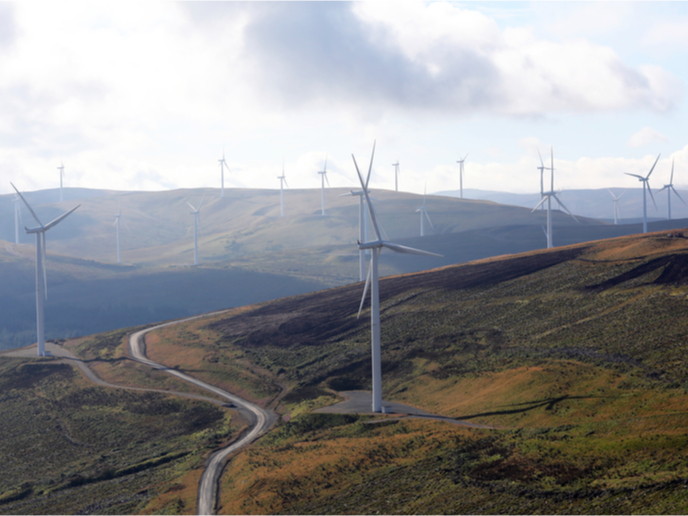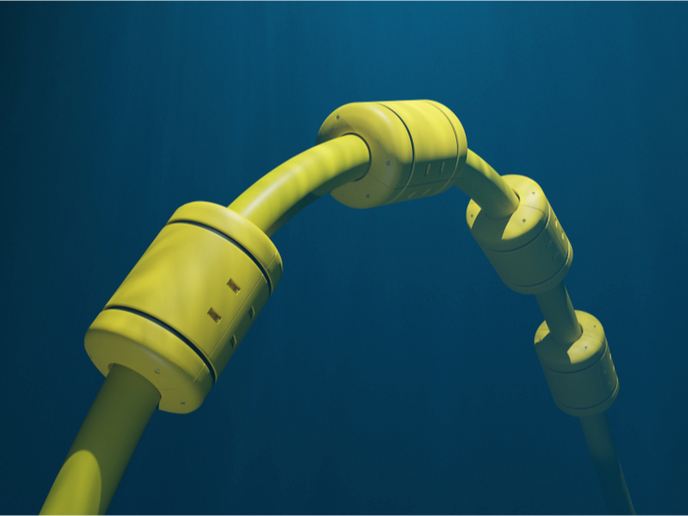New software suite will strengthen future wave and tidal energy projects
DTOceanPlus (Advanced Design Tools for Ocean Energy Systems Innovation, Development and Deployment) considers potential users’ needs from the get-go. It started off with a consultation process, during which the project team approached a wide panel of over 70 prospective users and stakeholders. They quickly found out that their tools’ most important function would be to give confidence to both public and private investors. “Wave and tidal stream-based energy surged from less than 5 GWh in 2009 to almost 50 GWh in 2019, but technologies are not yet mature enough. The energy sector needs software tools that will reduce the technical and financial risk of opting for ocean energy technologies. This will allow for the deployment of competitive wave and tidal arrays,” says Pablo Ruiz-Minguela, project coordinator and head of wave energy at Tecnalia.
Work in progress
DTOceanPlus didn’t start from a blank sheet. A first generation of design tools had already been developed under a former FP7 project named DTOcean and made freely available to stakeholders. These tools were successfully used for leading projects such as the four-turbine 6 MW MeyGen tidal array in the UK and a wave energy application made by Sandia National Laboratories in the USA. Yet, some stakeholders still wished for improvements. “DTOceanPlus goes further by taking all stakeholder feedback into account to develop a better, more comprehensive set of second-generation design tools,” adds Ruiz-Minguela. The new suite is comprised of five tools covering the full lifespan of the farm. It includes: a tool for concept creation, selection and design; a tool assisting decision-making in technology development; as well as deployment design tools supporting optimal device and array deployment. The suite also covers post-deployment phases. It includes assessment design tools informing users on the suitability of a technology and project, as well as a framework for design sharing and reuse. All tools are currently in stand-alone alpha versions. They have already been made available to industrial partners. “Over the next 6 months, their key functionality will be verified and feedback will be fed into beta versions,” Ruiz-Minguela explains. “The embedded versions will then be validated by applying experience and lessons learned from real-world projects.” Opinions collated so far indicate that usability, flexibility and expandability are most important to stakeholders. Transparency is also critical. Finally, the tools will need to deal with varying degrees of complexity both at different stages in the project lifecycle and for different user requirements. “The response has been very good, with nearly all respondents indicating that they were likely or very likely to use DTOceanPlus at some stage of their project’s lifecycle,” Ruiz-Minguela notes.
A TRL timetable
The DTOceanPlus team hopes to bring its technology to TRL 6 by the end of the project in April 2021. Ruiz-Minguela is optimistic that it will fill a significant gap in the market by providing a single, integrated open-source solution supporting the entire innovation, development and deployment process. Whilst the project is firstly aimed at technology developers, project developers, public funding bodies and private investors, its outputs will also be of great value to policymakers, regulators, standardisation bodies, insurance providers and the supply chain. All tools will be made freely available to the entire ocean energy sector in order to maximise impact.
Keywords
DTOceanPlus, wave energy, tidal energy, design software, DTOcean







